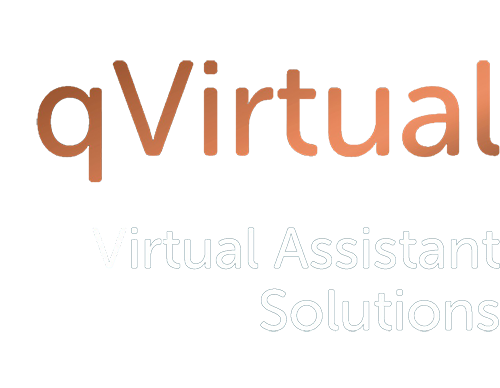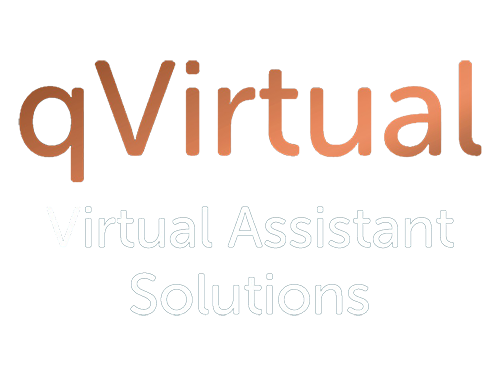Life moves at such a rapid pace these days, especially if you run a business or have a busy lifestyle in general. As a result, it’s all too easy to lose focus and creativity when you are up against the clock trying to run your business, bid for contracts, complete your admin tasks and more. Communication with your customers and team can also suffer if you allow the sheer mountain of work to get on top of you.
Mindfulness has been recognised as an effective way to manage these everyday stresses in the workplace and at home. With this in mind, I have put together 5 mindfulness techniques that are designed to help busy professionals improve focus, creativity and communication.
1. Improve Focus By Slowing Down
When people multitask or switch from one job to another, they may not perform at their best as they are trying to focus on too many things. This often results in getting nothing done at all! By slowing down and focusing on one thing at a time, you will find that you can reconnect with the present moment and your focus will return.
It has been shown that when we reconnect with the present moment in this way, we become more productive and effective — and we don’t need to do things over, which saves a lot of time and energy.
This mindfulness technique can be put into practice throughout your life, enabling you to guide your mind onto the task or job in front of you, helping to enhance focus.
2. Mindful Listening
Communication can often become a problem due to a lack of focus and other distractions. Mindful listening can help you remove distractions and communicate effectively by listening to those who are talking to you.
A mindful listening technique that I think would help busy business owners and entrepreneurs communicate better with their clients and their team is one that Elaine Smookler, a registered psychotherapist and mindfulness coach in the February 2017 edition of Mindfulness Magazine.
Smookler’s technique uses the easy to remember acronym HEAR, which stands for:
- HALT — Halt whatever you are doing and offer your full attention.
- ENJOY — Enjoy a breath as you choose to receive whatever is being communicated to you—wanted or unwanted.
- ASK — Ask yourself if you really know what they mean and if you don’t, ask for clarification. Instead of making assumptions, bring openness and curiosity to the interaction. You might be surprised at what you discover.
- REFLECT — Reflect back to them what you heard. This tells them that you were really listening.
3. The 4-7-8 Breathing Exercise
Mindful breathing is a great way to relax, clear your mind and improve creativity, and it only takes a few minutes out of your busy day to get your creative juices flowing again. To practice the 4-7-8 mindfulness technique, breathe in through your nose for four seconds. Next, hold your breath for seven seconds before exhaling for eight seconds through your mouth. It is recommended that you do this for at least four times while you simply focus on clearing your mind and your breathing.
4. The S.T.O.P Exercise
When it comes to communication, being stressed or distracted by the mountain of tasks that need completing can often mean that messages – whether in meetings, over the phone, during Zoom meetings or via email – are missed or miscommunicated. One activity that can help calm your overworked mind and restore your focus and improve your communication with clients, business partners and your employees is the S.T.O.P exercise.
‘S’ for STOP what you are doing. Put the pause button on your thoughts and actions.
‘T’ for TAKE a breath. Take a few, slow, deep breaths and focus on each breath as it enters and leaves your body to re-centre yourself and return fully to the present moment.
‘O’ for OBSERVE. Observe what is happening to your mind, body and emotions. Think about how you are feeling right now. Consider what is happening across every part of your body from your fingers to your toes.
‘P’ for PROCEED. With your new focus and a clear mind, you can now turn your attention to that all-important phone call or conversation.
5. Visualisation
The visualisation mindfulness technique is an excellent way of boosting your innovation, creativity and success, especially when working on challenging projects. By spending time thinking about the day when the project ends and seeing the results of your hard work, you can influence your mindset. This is a technique that many sports teams use as a way of focusing on winning. In the same way, it can help you to focus on completing your projects successfully.
All you need to do is concentrate on your breathing while clearing your mind. Then create a simple picture in your mind that relates to the day that your project ends. What does your day look like? How will the achievement look? What will you feel? Imagine how happy your client will be with your work. As you take more breaths, allow the image you have created in your mind to become clearer and stronger. This practice will reinforce your belief systems that a successful project completion is on the cards.
Mindfulness techniques such as these are ideal for helping busy business owners improve productivity, innovation and create a clearer way of thinking that can help you become more creative, more focused and a better communicator. However, if you find that you are still overwhelmed with the sheer volume of work after trying some of these techniques, there’s no doubt that choosing to use the services of a Virtual Assistant can help to keep your business and busy life on track. If this is the case, you can find out how to get in touch with me to book a consultation to discuss your requirements below.
Do you need flexible business support and want to make savings by hiring a VA? Get in touch!


